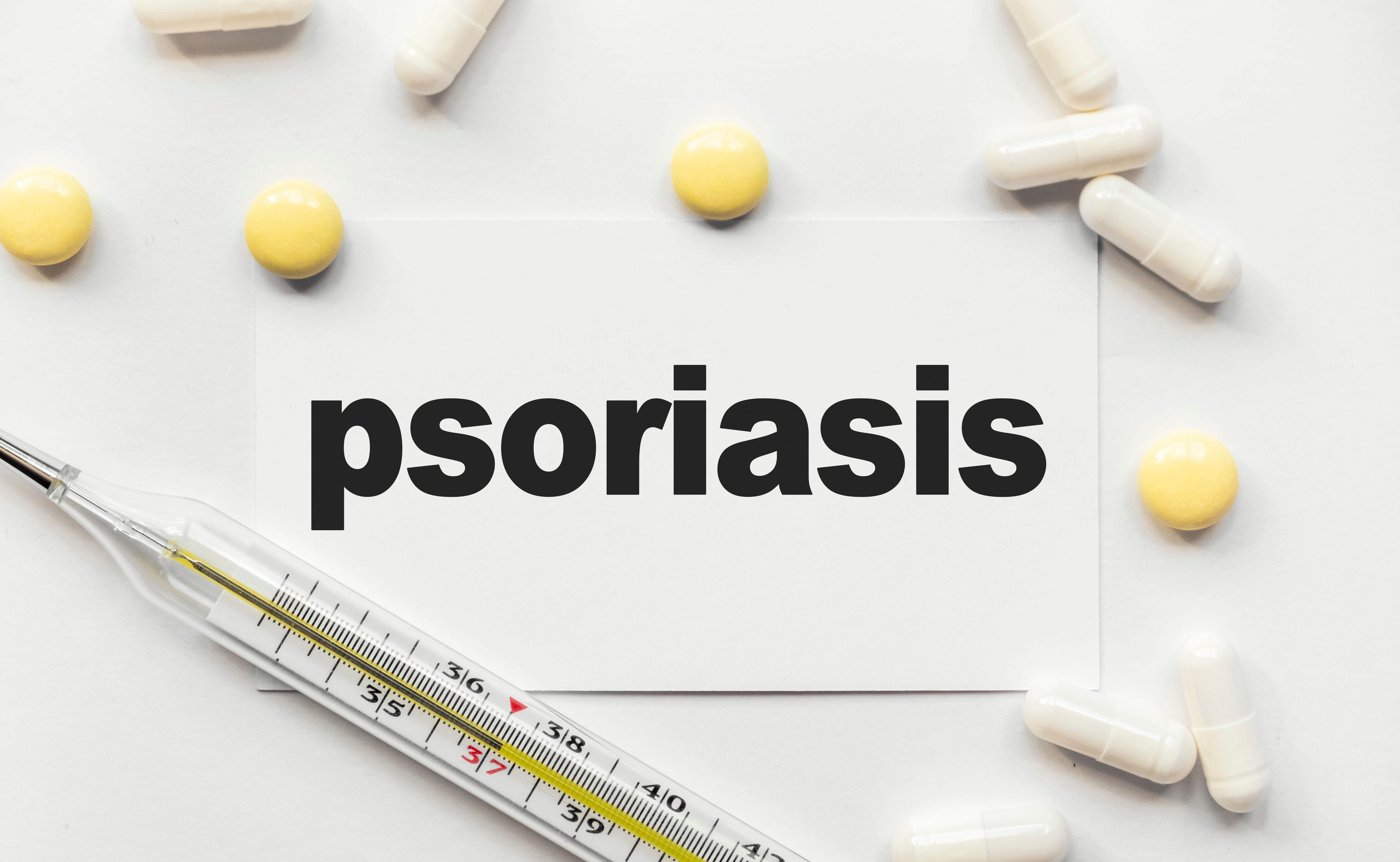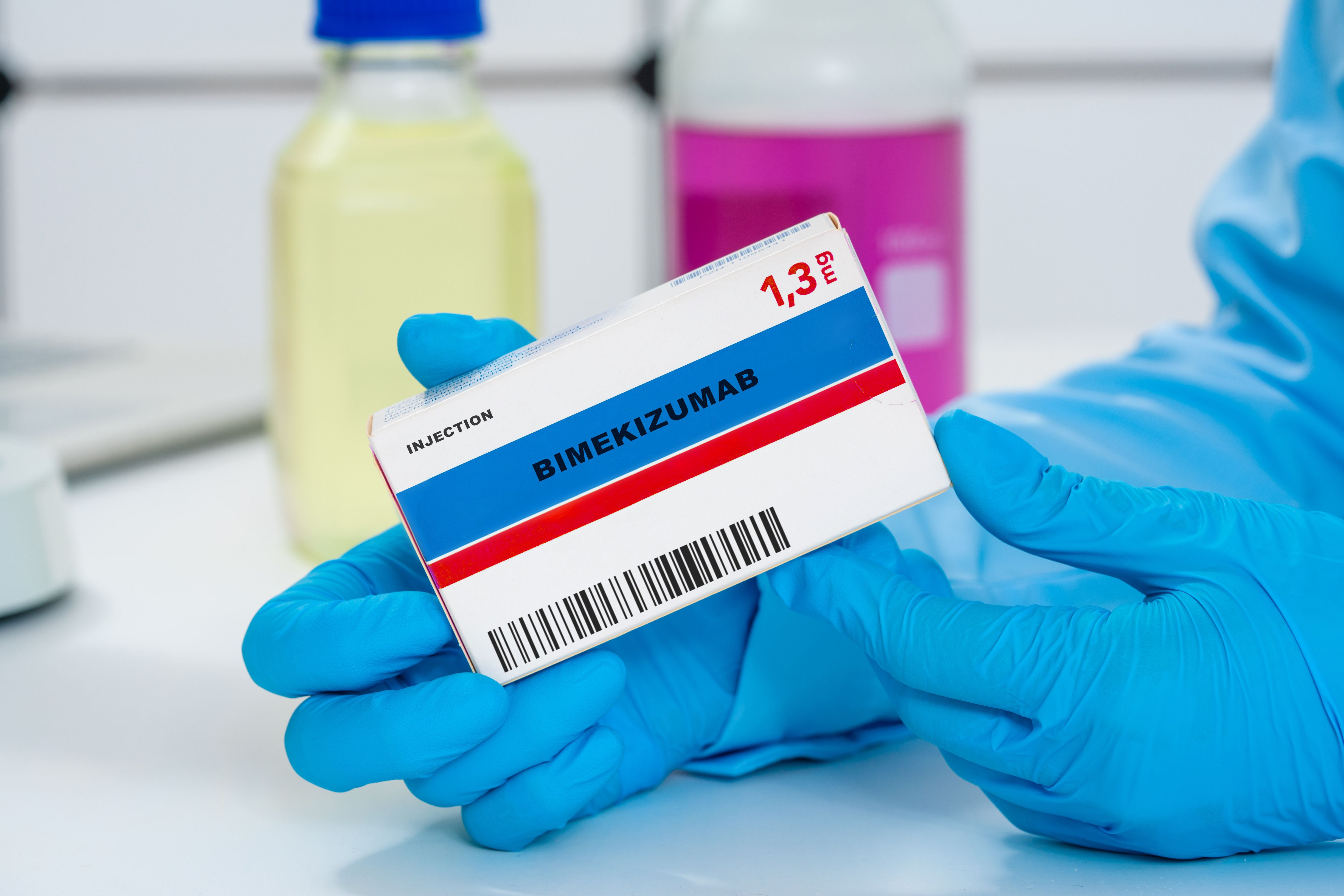News
Article
Roflumilast Cream Is Well Tolerated, Efficacious in Patients With Chronic Plaque Psoriasis
Author(s):
Roflumilast cream may be suitable for chronic treatment, including the face and intertriginous areas, according to one study.
Once-daily roflumilast cream 0.3% in adults with chronic plaque psoriasis was well-tolerated and had good efficacy up to 64 weeks in an open-label phase 2 trial, suggesting it is suitable for chronic treatment, including the face and intertriginous areas. The findings are published in the Journal of the American Academy of Dermatology.

Roflumilast, a high-potency phosphodiesterase-4 (PDE4) inhibitor, has approximately 25- to more than 300-fold more potency in vitro than other oral (apremilast) or topical (crisaborole) PDE4 inhibitors, according to the authors of the study. They conducted the trial to assess the long-term effects of roflumilast cream 0.3% in patients with plaque psoriasis.
Although high-potency topical corticosteroids are effective in treating patients with psoriasis, long-term use can lead to various skin-related side effects, including skin atrophy, striae, and telangiectasia. Therefore, it is important that patients have topical treatments that can be used long-term and on multiple areas of the body, including areas sensitive to other treatments.
The study was conducted across 30 centers in the US and Canada, with 2 cohorts of patients enrolled. Patients in cohort 1 completed an earlier trial through week 12, and cohort 2 patients were newly enrolled. Patients in cohort 1 were aged 18 years and older, had a clinical diagnosis of psoriasis for 6 or more months, had psoriasis vulgaris on the face, extremities, trunk, and/or intertriginous areas involving a body surface area (BSA) between 2% to 20%, and had an Investigator’s Global Assessment (IGA) score of at least mild severity. Patients in cohort 2 had similar inclusion criteria except that total BSA could be between 2% and 25%.
All patients applied roflumilast to all lesions once daily for 52 weeks. At regular or unscheduled visits, patients could stop treatment when Psoriasis Area Severity Index (PASI) and IGA reached scores of 0. Patients could also resume treatment when patient-observed psoriasis occurred.
A total of 244 patients completed the trial, and more than 97% had no irritation. However, 49.4% of patients experienced a treatment emergent adverse event, but most (94%) were mild in severity. No tachyphylaxis was observed and 44.8% of patients achieved and IGA score of clear (0) or almost clear at week 52.
The researchers acknowledged some limitations to the study, including IGA and PASI were added after the initiation of the study and many timepoints were missing. Additionally, efficacy assessments were not included for the scalp, as treatment areas for the palms and soles.
Despite these limitations, the researchers believe the study suggests once-daily roflumilast cream may be a suitable topical therapy options for patients with chronic plaque psoriasis up to 64 weeks of treatment without tachyphylaxis, including the face and intertriginous areas.
“The top reasons patients report for non-adherence are the desire to use only when needed, forgetfulness, convenience, messiness, the patient was just told to take the medication, loss of effectiveness, cost, time consuming application,” wrote the researchers. “For roflumilast cream, the once-daily application and water-based cream formulation, as well as the ability to use it long-term on the face, intertriginous areas, and body without evidence of tachyphylaxis, may support better adherence.”
Reference
Stein Gold L, Adam DN, Albrecht L, et al. Long-term safety and effectiveness of roflumilast cream 0.3% in adults with chronic plaque psoriasis: a 52-week, phase 2, open-label trial. J Am Acad Dermatol. Published online March 29, 2024. doi:10.1016/j.jaad.2024.03.030





